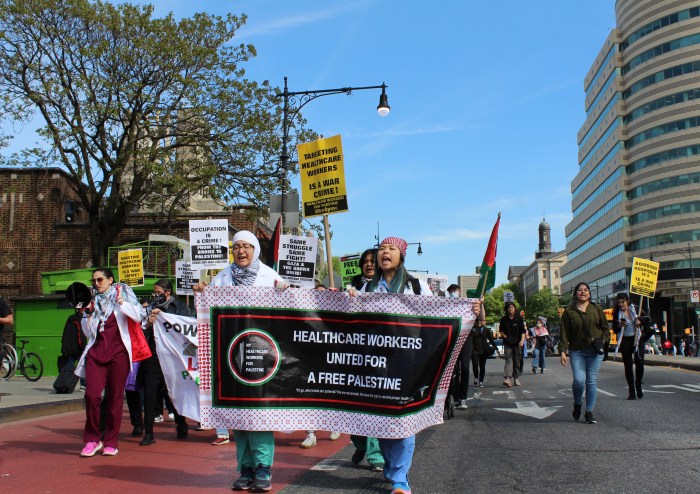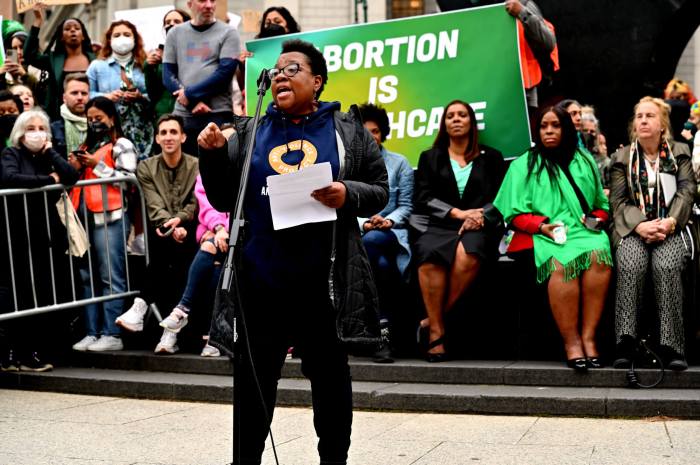The first straphangers to reach Coney Island from Manhattan beat famous hot dog hawker Nathan Handwerker to the popular beach by a year.
On June 22, 1915, the first riders along the Fourth Avenue subway line made it from Chambers Street, under City Hall, to Coney Island in a little less than 50 minutes. The original cars were a roomy 67-feet long, painted a bright white inside, but without fans or air conditioning. The fare was five cents.
The subway lines we know today as the B, M, J, Z, N, Q, R, L and Franklin Shuttle are incarnations of service originally offered by the Brooklyn Rapid Transit Company, which had been buying up and consolidating smaller mass transit outfits at the turn of the 20th century. Financial problems led to the restructuring and renaming of the company to the Brooklyn-Manhattan Transit Corporation (BMT), which was later merged with Interborough Rapid Transit Company (IRT) and the Independent Subway System (IND) in 1940. As the MTA celebrates the 100th anniversary of subway trips between Manhattan and Brooklyn over the Fourth Avenue Line, amNY is looking at the past, present and future of inter-borough service.
Old plans the MTA scrapped in the 1990s
The MTA considered abandoning the Franklin Avenue Shuttle, consisting of four stops. The line was at times closed because it was in such a state of disrepair, according to the Straphangers Campaign, which helped advocate to keep it open. Local advocates got the state to make over the line with $75 million by the end of the 1990s.
When the MTA moved to tear down the Avenue H Q station in 2003, Brooklyn Borough Historian Ron Schweiger called for the agency to instead restore it. The MTA argued the all-wood structure, which was used a century earlier as a real estate office, was a fire hazard.
“You claim poverty and you claim that it’s a fire hazard, but there hasn’t been a fire in 97 years,” Schweiger recalled saying at the time. The station was named a landmark in 2004 and the MTA restored it back to its original condition.
“They did a marvelous job. It is a sight to see,” Schweiger said. “They even put rocking chairs on the porch.”
The L line
Popularity along the old Canarsie Line has exploded over the last few decades, jumping 190% since 1990, according to the MTA. And it continues to grow.
“It’s just an amazing success story,” said MTA board member Andrew Albert. “You have rush hour crowds at Bedford Avenue at 11 p.m.”
Brooklyn saw the biggest surge in ridership of any borough in 2014, according to the MTA’s most recent statistics. The L train continued to be a big source of this increase, with every L station in the borough bringing a 4.7% increase in riders each weekday, or more than 5,600 people.
The MTA can hardly keep up with demand along the route. The L line was the first to get Communications-Based Train Control signals, which let the agency run trains more often and closer together. But upgrading to CBTC — in addition to other maintenance — required the MTA to frequently suspend service on weekends, leading to (sometimes colorfully-worded) websites and Twitter accounts for a straphanger to quickly tell if there were any disruptions along the route. Similar renovations are now under way on the No. 7 line and expected to be in use by 2017.
Service cuts of 2010
Lower-than-expected tax revenue and money pulled from the MTA’s coffers by the state Legislature were partially to blame for a massive hole in the MTA’s 2009 and 2010 budgets. With a budget gap ballooning to $800 million, the transit agency made massive service cuts in June of 2010.
Among the biggest blows were the elimination of the W train from Manhattan to Astoria and Manhattan’s V train. The M train was partially rerouted to pick up some of the lost V stations in lower Manhattan. The agency also slashed service along dozens of bus routes throughout the five boroughs.
Albert called the cuts “the worst” he had seen since joining the New York City Transit Riders Council in 1986.
“Not everything has been restored,” Albert said, “but yet ridership has come roaring back and the board has looked to put service back every year that we review the budget.”
9/11 terror attacks and Superstorm Sandy
The 2001 terror attacks at the World Trade Center caused substantial damage to nearby subway stations, leaving the downtown Cortland Street R station shuttered for nearly 10 years. The MTA recently took over construction at the Cortland Street No. 1 station from the Port Authority and expects to re-open it in 2018, according to MTA spokesman Kevin Ortiz.
Despite suspending subway service ahead of Superstorm Sandy’s slamming of New York in 2012, the storm wreaked havoc throughout the system.
The South Ferry Station, which was reopened in 2009 after $545 million in renovations with 9/11 recovery money, became a pool of water, as did several tunnels. That station is expected to re-open in 2017, Ortiz said.
The Montague Tunnel that connects Brooklyn and Manhattan was later closed for 13 months, effectively splitting the R line in two and forcing riders along the line to find a new route between the boroughs. Damage to the Greenpoint Tube, connecting Greenpoint and Long Island City, and to the Cranberry Street Tunnel, connecting Brooklyn and Manhattan, wasn’t as severe and didn’t require shutdowns as excessive.
However, the Canarsie Tubes, which carry L trains, eventually will need to shut down temporarily for an undetermined amount of time.
“We will definitely need to get back in there to make more permanent repairs,” Ortiz said, adding that the damage to that tunnel was not as drastic as what had been done to the Montague tunnel, “but certainly a little more complex than what we did in Greenpoint.”
Second Avenue Subway
The first new subway line in more than 50 years, the Second Avenue Subway eventually will bring the Q train up to 96th Street, adding stops to 72nd and 86th streets. Despite several delays, cost overruns and construction challenges, the MTA hopes to open the line by the end of 2016.
The route along Manhattan’s East Side, which had early plans 100 years ago, is expected to ease congestion along the Lexington Avenue lines. A second phase plans to further extend service to East Harlem, but has yet to be funded, nor have two other phases to bring the line to downtown Manhattan.
Going forward
The transit agency’s next big capital plan calls for more improvements system-wide, including a tap-and-go way to pay your fare, more countdown clocks and buying new train cars to replace old cars on the A, F and R lines.
But the plans have yet to be funded by the state, which oversees the system. Without that money, mega-projects like the next phase of the Second Avenue Subway could be delayed, and smaller projects, like adding countdown clocks to lettered lines, could be scrapped, advocates warn.
“The riders on the letter lines don’t get that real-time information, which can often be critically important to making travel decisions, especially when there is a disruption in the system, which has become all too frequent,” said Cate Contino of the Straphangers Campaign. She points the blame to Gov. Andrew Cuomo for not yet passing a capital plan for 2015-2018.
“There are over 8 million daily riders in his city, and he is responsible for defending that plan,” Contino said.
Messages left for Cuomo’s office about the capital program were not returned, though it was not mentioned in a recent press release of “major priorities for the end of the 2015-16 legislative session.”
In testimony last month to the City Council’s Transportation and Finance committees, MTA Chairman Tom Prendergast said he was there to “sound the alarm” over the lack of a funded capital plan.
“I believe the city can and should do more to support its transit network. And now is the time to stand up and do something,” Prendergast said at the June 1 meeting. “It’s easy to ask for more service on a subway or bus route. It’s easy to wait for someone else to act.”
A few months earlier, Mayor Bill de Blasio asked the MTA to consider building a new subway line along Utica Avenue, but didn’t offer a plan to fund it. The MTA said it hasn’t taken a position on the idea.
In a statement, a spokeswoman for the mayor pointed to an increase in funding to the MTA this year.
“Mayor de Blasio increased city funding for the MTA to the largest level of general capital support since 2000,” the statement said. “The mayor has also been leading a bipartisan coalition of mayors to fight for fair federal funding for our transportation infrastructure, and has made clear that the state must do more to fund the MTA’s capital shortfall, especially after years of declining investment.”
Want to join in on the 100th birthday?
The MTA ran old “Nostalgia” trains last month to honor the 100th anniversary, and will host another event on July 18. For $50, you can take a 1930s train car for a two-hour ride to Coney Island to visit the beach and amusement park.

















